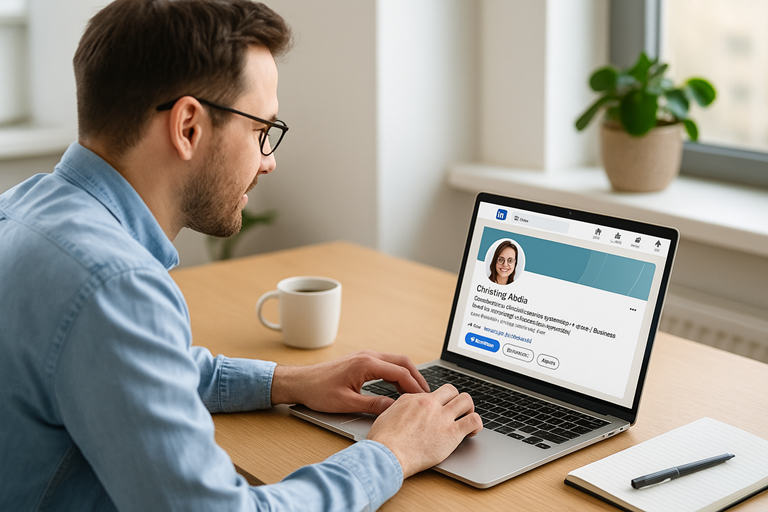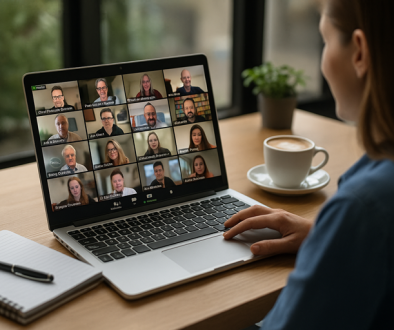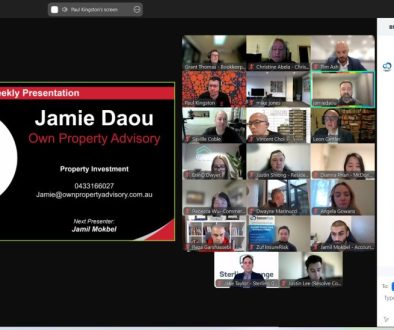How to Leverage LinkedIn for Business Networking
LinkedIn is more than an online CV—it’s the world’s largest professional networking platform. For small business owners, it can be a powerful way to build credibility, make new connections, and even generate referrals.
Whether you’re aiming to grow locally in New Zealand or expand your reach internationally, using LinkedIn strategically can bridge the gap between online and offline networking. Here’s how.
1. Optimise Your Profile for Credibility
Your LinkedIn profile is often the first impression people get of your business. Treat it as your digital shopfront:
- Professional photo: Choose a clear, friendly headshot. People connect better with a face than a logo.
- Headline that tells a story: Go beyond your job title. For example: “Helping small business owners streamline with automation and strategy.”
- About section: Use plain, conversational language to explain who you help, what problems you solve, and how people can contact you.
- Showcase results: Add testimonials, case studies, or portfolio items to build trust quickly.
2. Connect with Purpose
Rather than sending random connection requests, focus on people with whom you genuinely want to build relationships. These could be:
- Local business owners in your community.
- Industry peers and collaborators.
- Potential referral partners, such as accountants, lawyers, or consultants.
You can always add a personal note to your connection request. A simple line, such as, “Hi [Name], I enjoyed your recent post on [topic] and would love to connect,” makes you stand out and sets the relationship off on the right foot.
3. Post Content That Demonstrates Expertise
LinkedIn rewards consistent posting. By sharing valuable insights, you demonstrate to your network that you are knowledgeable and approachable. Content ideas include:
- Quick business tips or checklists.
- Case studies from your work (keeping client confidentiality in mind).
- Behind-the-scenes posts showing how you help clients solve problems.
- Short videos explaining a concept (great for building trust).
Don’t overthink it—practical, helpful advice often performs better than polished corporate content.
4. Join and Participate in Groups
LinkedIn groups are an excellent way to discover communities of like-minded professionals. Look for groups in your industry or groups focused on small business and networking.
Share insights, answer questions, and be helpful. Over time, this positions you as a trusted voice, making it easier for referrals to flow your way.
5. Use LinkedIn Events and Messaging
LinkedIn now offers events and webinars, which can help you meet people beyond your immediate circle. Attend events relevant to your niche, or even host your own. Follow up with attendees afterwards to keep the conversation going.
Messaging should stay professional and personal. Avoid “hard sell” messages—think of LinkedIn as an online coffee meeting, not a sales pitch. For example: “I noticed we both work with small business owners. Would you be open to a quick Zoom to share ideas?”
6. Bridge Online and Offline Networking
One of the most effective strategies is to move relationships from LinkedIn into real conversations. This could mean scheduling a coffee, a Zoom call, or inviting someone to a BNI meeting. The goal is to deepen the connection beyond the screen.
Example: Turning LinkedIn into Referrals
A Christchurch consultant updated her LinkedIn profile to state who she helps clearly. She started posting weekly tips and joined a small business owners’ group. Within three months, she had booked three new clients directly from LinkedIn referrals.
The key wasn’t “selling”—it was being visible, approachable, and helpful.
How I Can Help
If LinkedIn feels overwhelming, I can help you create a practical strategy that suits your style. From polishing your profile to developing a content plan, I’ll show you how to turn LinkedIn into a referral-generating tool without the need for endless scrolling or awkward sales messages.
Conclusion
LinkedIn is an underused tool for many small business owners, but with the right approach, it can become a key part of your networking strategy.
By optimising your profile, connecting with purpose, sharing valuable content, and bridging online with offline, you’ll find LinkedIn to be a powerful platform for building credibility and growing your business.



